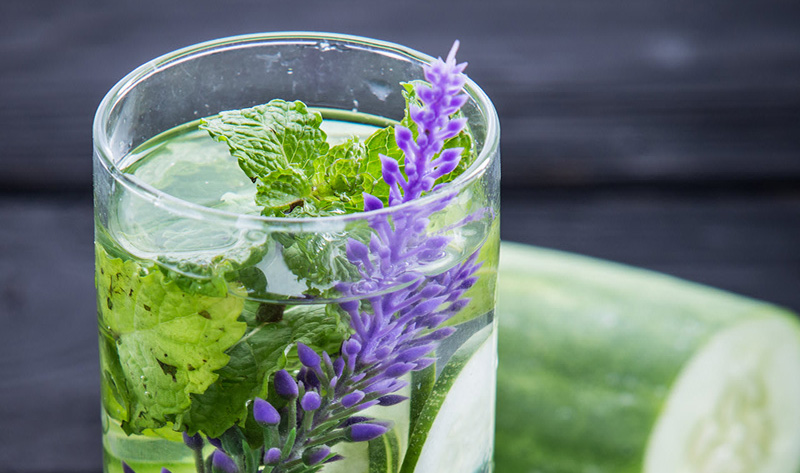Leukemia is a cancer that affects the lymphatic system, which produces your white blood cells, and bone marrow, which makes red and white blood cells, and platelets. Because of this, people sometimes refer to leukemia as blood cancer or bone cancer.
Some types of leukemia tend to affect children. Others are more common in adults. Leukemia accounts for about a third of all childhood cancers.
Leukemia can be classified as:
- Acute leukemia, which starts in immature blood cells. Acute leukemia worsens quickly and needs aggressive treatment right away.
- Chronic leukemia, which starts in mature blood cells, and usually develops more slowly.
Most leukemia in children is acute.
The type of leukemia also depends on the cells it affects–the lymphocytes, which govern your immune system, or the myeloid cells, which form red and white blood cells and the cells that make platelets so your blood can clot if you are injured.
- Acute lymphocytic leukemia (ALL) is the most common leukemia in children, affecting nearly 4 out of 5 kids with leukemia. However, it can also affect adults.
- Acute myelogenous leukemia (AML) is the most common leukemia in adults. AML also affects 1 in 5 kids with leukemia.
- Chronic lymphocytic leukemia (CLL) is the most common chronic leukemia and can go unnoticed for years. CLL mainly affects adults and is rare in children.
- Chronic myeloid leukemia (CML) can also last for years unnoticed before the cancer starts to grow more quickly. CML mainly affects adults and is rare in children.
Rarer types of leukemia include:
- Myelodysplastic syndromes, which cause poorly formed blood cells
- Myeloproliferative disorders, which cause the marrow to make too many blood cells of one type
- Hairy cell leukemia, which makes your body produce too many lymphocytes











